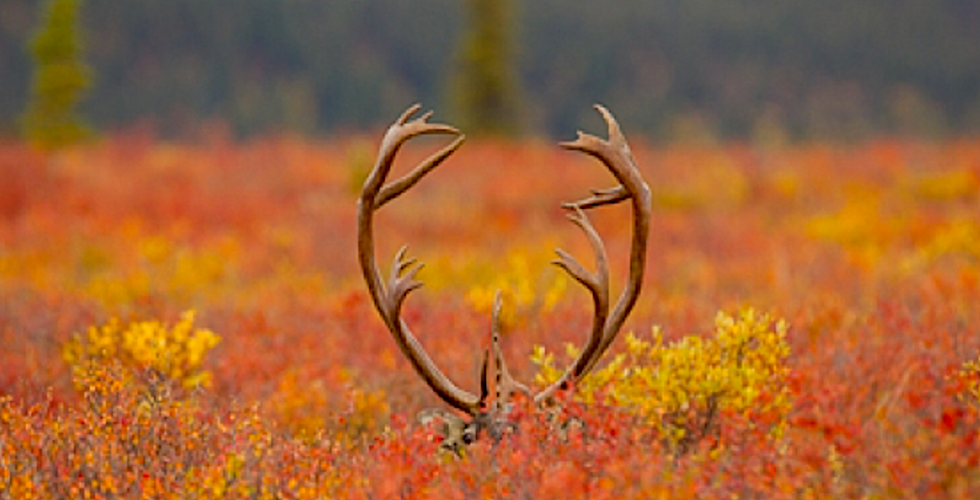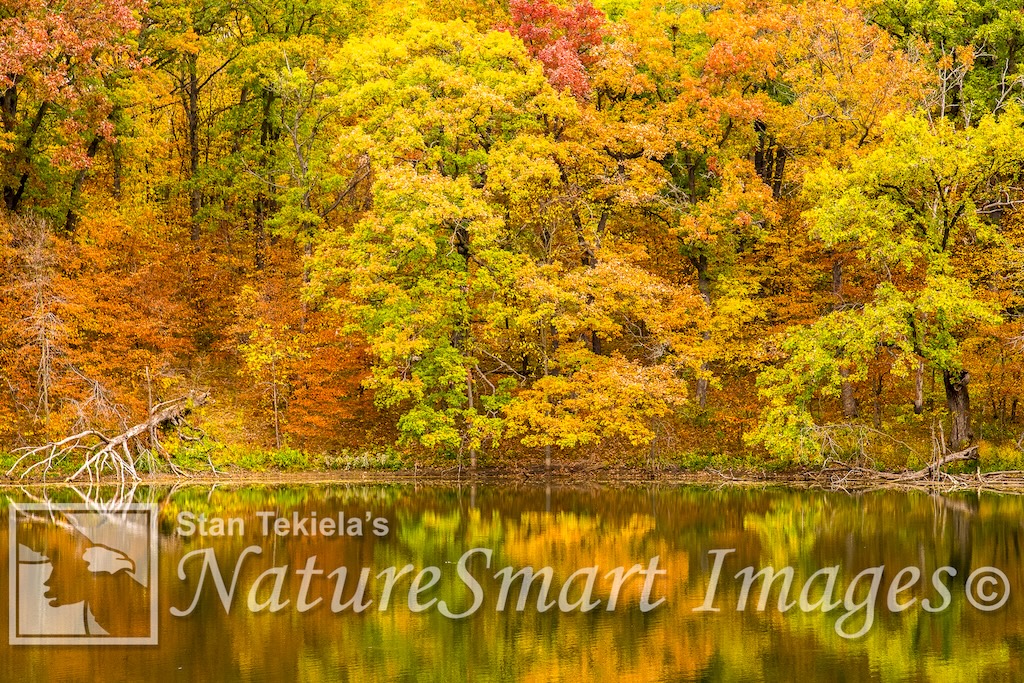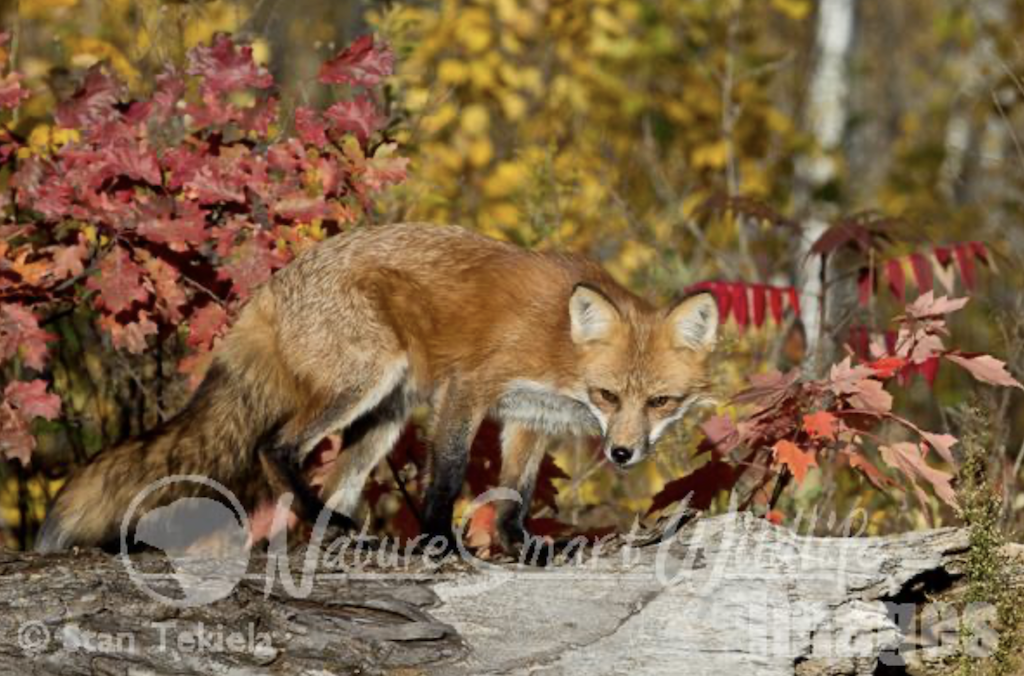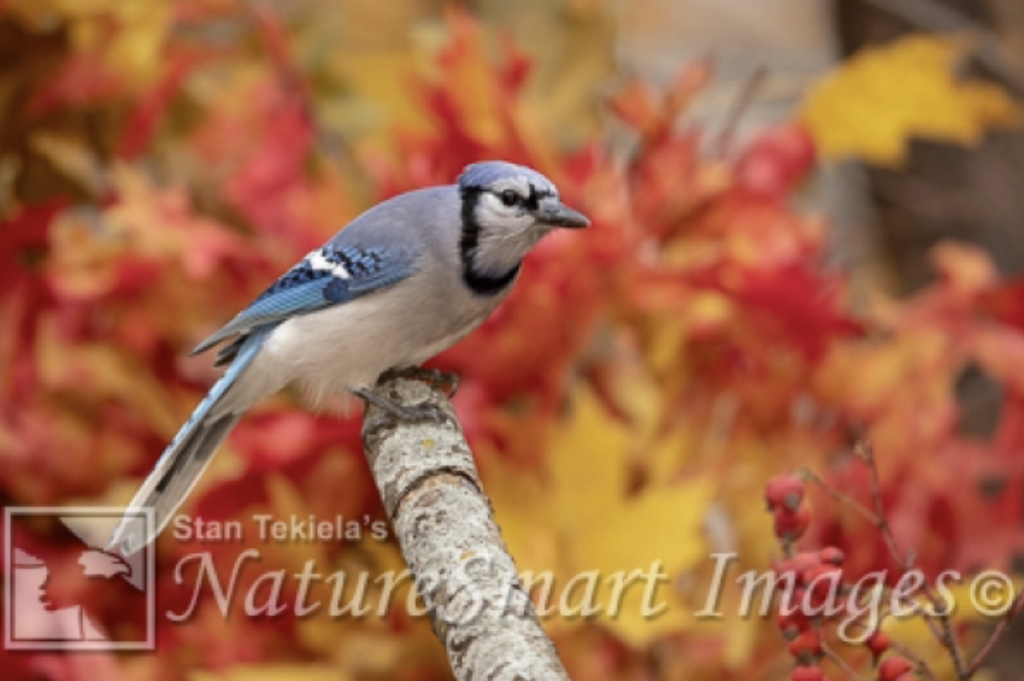
Autumn Colors Are Still Out There
Wildlife photographer and naturalist Stan Tekiela explains why, this year, autumn colors are less gorgeous in some parts of our country.
This autumn has been dry and warm, so it’s not a great combination for viewing autumn colors. I am sure the display would be much more impressive with more moisture and cooler nighttime temperatures than what we have now. So why do these leaves change color and put on such an eye-popping show?

First of all, leaves are green because of a green pigment known as chlorophyll that is responsible for the absorption of sunlight to provide energy for photosynthesis. When the chlorophyll is healthy and happy, it dominates any other pigment found in the leaf, so we see green leaves. But chlorophyll doesn’t just give leaves their color; they are vital in the life of the tree. Chlorophyll cells capture the sun’s energy and combine it with water (taken up by the tree roots) and carbon dioxide (from the air) to produce the tree’s food—simple sugars. The byproduct is oxygen, and, of course, we breathe oxygen. So we are the direct beneficiaries of what the trees do naturally.
During the summer, chlorophyll is constantly breaking down and getting replaced by the tree, so the leaves remain green all season. But as autumn approaches, the trees react to the reduced daylight and start to get ready for winter by shutting down the flow of nutrients to the leaves. In addition, the leaves are starting to wear out from a season of hard work producing food for the plant, so the tree is ready to shed its old leaves.

At the base of the leaf stalk (where the leaf attaches to the tree), a thin layer called an abscission starts to close off, reducing the flow to and from the leaves. As this happens, the manufacturing of chlorophyll starts to die off, making it no longer the dominant compound in the leaves. Other pigments such as carotenoids give off a yellow or orange color, and all the shades in between start to become visible.
Another group of pigment cells called anthocyanins, which are not found in the leaf during the summer, start to develop. These pigments, common in maple trees, give us the reds and purples of autumn. Unlike the carotenoids, the anthocyanins develop in late summer in the sap and have a complex reaction inside the leaf when in the presence of bright sunlight and a chemical phosphate.
During the summer, phosphates break down the sugars manufactured by the chlorophyll, but in autumn the amount of phosphates decreases and starts to move out of the leaves and into the tree. When this happens, the sugar breakdown decreases. The brighter the light during this period, the greater the production of anthocyanins and the brighter red the leaves become.

If the tree is under drought stress, like we are having in my area this year, or has poor health from a fungal or viral infection, then the colors won’t be as bright. Also, if autumn is dark and cloudy or dry and warm, the brightest colors won’t develop. When conditions of temperatures, moisture, and sunlight are all in the right amounts, then we will have a bright and colorful autumn.

Soon the abscission layer will completely close off and the leaves will die and fall from the tree. Because leaves are expendable, it really isn’t a big deal for the trees to drop their leaves. Besides, the breakdown of the leaves on the forest floor feeds nutrients back into the soil where the tree’s roots can reabsorb them and help to produce new leaves the following spring.
While in my area we may be experiencing a drought, and the autumn leaves may not look their absolute best, it is still enjoyable to see the fall colors. Understanding exactly why the change happens makes it even better for me, and I hope it helps you also.

About the author: Naturalist, wildlife photographer, and writer Stan Tekiela has published more than 175 field guides, nature books, children’s books, wildlife audio CDs, puzzles, and playing cards, presenting many species of birds, mammals, reptiles, amphibians, trees, wildflowers, and cacti in the United States. With a Bachelor of Science degree in Natural History from the University of Minnesota and as an active professional naturalist for more than 35 years, Stan studies and photographs wildlife throughout the United States and Canada. He has received various national and regional awards for his books and photographs.
Also a well-known columnist and radio personality, Stan’s syndicated column appears in more than 25 newspapers, and his wildlife programs are broadcast on a number of Midwest radio stations. Stan can be followed on Facebook and Twitter. He can be contacted via www.naturesmart.com.
If you enjoyed Stan’s post, you might also like: Cranes, Herons & Egrets, Bird Migration: The Incredible Journeys of North American Birds, Wild Birds: North America’s Most Unique Birds, Bald Eagles: The Ultimate Raptors, Owls: The Majestic Hunters, Hummingbirds: Marvels of the Bird World, and, for little tykes, his series of Mamas & Babies board books.
If you enjoyed this post, sign up for our newsletter. #bewellbeoutdoors


